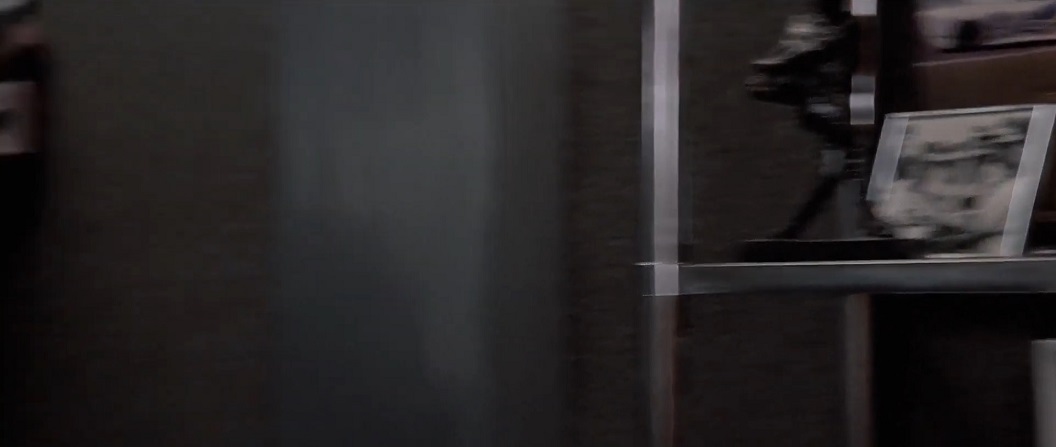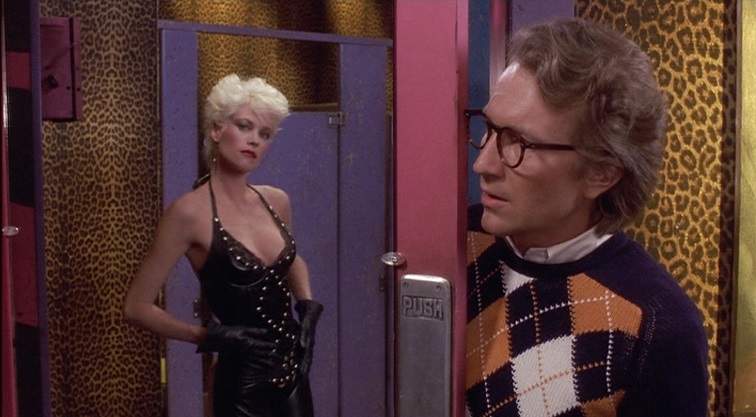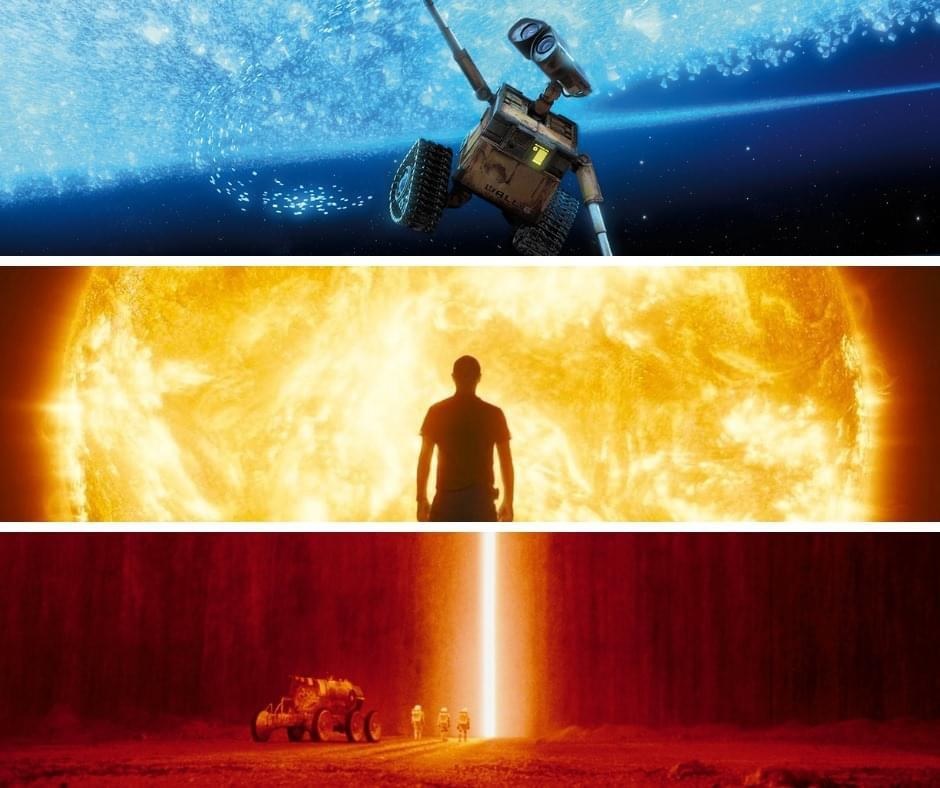THE THREE-O'CLOCK PHONE CALL












 Hello and welcome to the unofficial Brian De Palma website. Here is the latest news: |
|---|
E-mail
Geoffsongs@aol.com
-------------
Recent Headlines
a la Mod:
Listen to
Donaggio's full score
for Domino online
De Palma/Lehman
rapport at work
in Snakes
De Palma/Lehman
next novel is Terry
De Palma developing
Catch And Kill,
"a horror movie
based on real things
that have happened
in the news"
Supercut video
of De Palma's films
edited by Carl Rodrigue
Washington Post
review of Keesey book
-------------
Exclusive Passion
Interviews:
Brian De Palma
Karoline Herfurth
Leila Rozario
------------
------------
| « | March 2021 | » | ||||
| S | M | T | W | T | F | S |
| 1 | 2 | 3 | 4 | 5 | 6 | |
| 7 | 8 | 9 | 10 | 11 | 12 | 13 |
| 14 | 15 | 16 | 17 | 18 | 19 | 20 |
| 21 | 22 | 23 | 24 | 25 | 26 | 27 |
| 28 | 29 | 30 | 31 | |||
De Palma interviewed
in Paris 2002
De Palma discusses
The Black Dahlia 2006

Enthusiasms...
Alfred Hitchcock
The Master Of Suspense
Sergio Leone
and the Infield
Fly Rule
The Filmmaker Who
Came In From The Cold
Jim Emerson on
Greetings & Hi, Mom!
Scarface: Make Way
For The Bad Guy
Deborah Shelton
Official Web Site
Welcome to the
Offices of Death Records













Six of the seven films De Palma released in the 1980s were represented in the polled critics' individual lists. Our friend David Greven listed Blow Out and Casualties Of War at the top of his list. Blow Out showed up on 13 lists. The Untouchables was on five of the lists. Scarface, which showed up on four of the lists, was at the top of Uwe Boll's list. Body Double also made four of the lists, including that of Harry Knowles. Casualties Of War made two of the lists (Greven's and Michael Sragow's), while Dressed To Kill showed up on only one list: Chuck Wilson's. Wilson also had Blow Out on his alphabetical list, as did Peter Sobczynski.


MEL OTTENBERG - "THE CLUB SCENE IN BODY DOUBLE IS ANOTHER MIND-BLOWER"
"Welcome to Club Mel," begins the description for the Club Mel column at Interview Magazine, "a weekly ode to vampire kisses, candy flipping, and all things going out. Remember leaving the house past 10pm? Our Creative Director Mel Ottenberg does. This week: Mel brings the party inside with his list of the top ten party scenes in modern cinema to watch right now. Behold, the bygone days of boogie nights."
At number 6 on Ottenberg' list is Brian De Palma's Body Double:
The club scene in Body Double is another mind blower that I’ll continue to watch all the time forever. And this one is directed by Brian De Palma! And stars Melanie Griffith as adult film star Holly Body! And features “Relax” by Frankie Goes To Hollywood in a club scene within a porn scene within the movie! It’s a lot to take in, and it’s all perfect. Remember one-night-stands when you met people out in the clubs? Remember THAT? This scene is giving that to you, and then some. I love you Melanie Griffith!












Also, Epic Film Guys Podcast kicks off "De Palmcast" series with episode on De Palma's Carrie
Welcome, Epic Film Fans, to the first episode of 2021, and we're starting the year with a bang: It's the inaugural installment of our new monthly series, De Palmcast! This year, we'll be celebrating the life and career of a true Master of Suspense, Brian De Palma... and what better way to start out than with his 1976 masterpiece, Carrie! In this blood-soaked 45th anniversary retrospective, Justin and LoySauce discuss Carrie's origins as a bestselling novel by Stephen King; the phenomenal cast lead by Sissy Spacek and Piper Laurie; and the film's many technical achievements. Thanks as always for listening, and we'll see you at the movies!
Bangalter and Homem-Christo’s cinephilia formed Electroma into a transformative experience for them, as their love of films was already hardwired into their identities long before the film was even conceived. Much of their music has been described by the pair as a love letter to the memories of films they bonded over in children, principally Brian De Palma’s satirical rock opera Phantom of the Paradise. Two other film projects they’ve worked on – the music video collection DAFT: A Story About Dogs, Androids, Firemen and Tomatoes and Discovery’s extended anime tie-in Interstella 5555: The 5tory of the 5ecret 5tar 5ystem – are steeped in the pair’s seemingly vast knowledge of international cinema and television. DAFT boasts direction from a collection of beloved auteurs ranging from Spike Jonze to Michel Gondry, while Interstella 5555 was born from a collaboration with the pair’s childhood hero Leiji Matsumoto, who has penned innumerable space opera manga and anime.Electroma is unique in that it was the first and only film that was entirely Daft Punk’s own organism; they penned the script, co-directed, and Bangalter served as cinematographer, spending pre-production reading over 200 copies of the filmmaking magazine American Cinematographer to prepare. Electroma is no mere promotional add-on from Human After All; it’s a fully-formed feature with shades of independent cinema running through its circuited veins. The horrific, surreal masks the pair don in order to appear human mimic the nightmarish imagery of David Lynch’s Inland Empire. The robots’ ill-fated journey into the desert mirrors the doomed trip that forms the center of Gus Van Sant’s Gerry. The twisted depictions of suburbia and the otherworldly image of Homem-Christo wandering the wasteland alone evokes the mood of Derek Jarman’s The Garden. Through this confluence of cinematic flourishes, Electroma quietly highlights what Daft Punk’s discography was always trying to: conformity is an ironically surreal prison, and the only way to free ourselves is to let go and feel the music. Otherwise, we self-destruct.
This idea has been cemented by the duo’s use of the film’s climactic scene as a eulogy for their career, with some noticeable tweaks to the original film further emphasising Electroma’s importance to their legacy. The original film ends with Homem-Christo’s lonely robot giving into despair over the death of his silver-domed partner, sealing his own fate by smashing his helmet and using the broken glass to set himself ablaze in the desert sun. The new epilogue now gives the pair a more bittersweet ending, holding on to Homem-Christo walking off into the sunset, the hauntingly beautiful choral section of their Random Access Memories track ‘Touch’ sending him on his way. “Hold on, if love is the answer you’re home” croons over and over as 28 years of history are summarized in a few poignant frames. The newly formed juxtaposition of music and imagery affirms the romantic humanism that runs through these funky robots’ souls, reminding us of their career-long belief that our connections to one another, whether through music or other means, form the basis of our souls. By repurposing Electroma in this way, Daft Punk said goodbye with their motherboards laid bare for all the world to see.
Much will rightfully be written about Daft Punk’s musical output in the coming weeks, but their cinematic output shouldn’t be ignored. Electroma, in particular, offered a gateway to cinematic history beyond the mainstream, putting the duo’s forebears in direct conversation with the contemporary. It crystallised Bangalter and Homem-Christo as great purveyors of the human experience not just through their music, but through every sense of what it means to be alive. They visualised everything they were feeling and subsequently imparted the lessons of that experience to us, as they always graciously did. On the strength of that gift alone, the spirit of Daft Punk will live on forever.
Here they’ve “sampled” the vintage production of their favorite records, using the same analog equipment, techniques, and musicians. Instead of sampling Chic, they brought in Chic co-founder Nile Rodgers to play guitar on two tracks. Instead of sampling Quincy Jones’ productions for Michael Jackson in the 1980s, they brought in the actual session musicians who played on the albums—including John J.R. Robinson, a drummer on Michael Jackson’s Off the Wall, and the guitarist Paul Jackson, who played on Thriller. They’ve “sampled” the clothes, too (Daft Punk’s tight sequined jackets resemble Michael Jackson’s) and the fonts (the cursive lettering on the cover of Random Access Memories resembles the cover of Thriller). Daft Punk even “sampled” their favorite movie—the 1974 Brian De Palma schlock classic Phantom of the Paradise—by inviting in Paul Williams, the movie’s composer and lead actor, to sing the album’s epic, melodramatic centerpiece, “Touch.”Phantom of the Paradise is key to understanding Daft Punk’s aesthetic. In the movie, a nerdy songwriter is reborn as a phantom who attempts to exact revenge on an evil svengali record producer named Swan. In one scene in the movie, Swan traps the phantom—now wearing a tight black leather jacket and a robot helmet—in a sophisticated recording studio walled with racks of analog gear. The phantom, whose vocal cords have been destroyed, speaks through a talk box attached to his chest, sounding remarkably like a vocodered lyric in a Daft Punk song.
It’s easy to see why the rock opera was catnip for Daft Punk, who claim to have watched it more than 20 times—the movie is completely over-the-top, drenched in pathos, and layered with in-jokes and sideways references, much like the band’s music. Daft Punk’s black leather outfits in their 2006 feature film, Electroma, seemed inspired by the phantom. “Electroma is a combination of all the movies we like, paying a big, almost unconscious homage to them,” de Homem-Christo told Stop Smiling in 2008. “There are so many different influences: In the end, it becomes such a melting pot of everything that it resembles something else altogether. We love cinema the same way we do music—we’re from a generation that doesn’t segregate.”
“Touch” is the apex of Random Access Memories, the total realization of the album’s ambitious reach. There’s nothing cool about it, and it takes guts to make music like this in 2013 on such a grand scale. It’s Daft Punk’s love letter to Phantom of the Paradise, and it’s schmaltzy and deeply weird. The lyrics are, well, daft (“Touch, sweet touch/ You’ve given me too much to feel”), but the lyrics are beside the point; Williams’ graceful vocal delivery is awe-inspiring. It’s simultaneously melancholy and uplifting; the moment where Williams’ voice trails off and “Get Lucky” begins is a great moment in pop music.
The mini-opera “Touch” may seem indulgent, but remember that the robots got the idea for masks watching Paul Williams in Brian De Palma’s outrageous 1974 musical Phantom of the Paradise. Was Daft Punk this molting, unpredictable, ever-changing thing, or was it more like an operating system whose day-to-day mechanics progressed through the years but always in service to a steady and unchanging core mission?

When I hosted a 40th anniversary screening of Phantom Of The Paradise at the Cinerama dome, there were lots of superfans in the house; not least Daft Punk (sans masks). Pre-show, their manager asked politely that I not say they were present. I can now reveal they sat in G9 & G10.
Nosferatu (1922)
Bride of Frankenstein (1935)
The Phantom of the Opera
The Cabinet of Dr. Caligari (1920)
The Picture of Dorian Gray (1945)
Femme Fatale (2002)
Dressed to Kill (1980)
Body Double (1984)
Casualties of War (1989)
The Black Dahlia (2006)
One From the Heart (1982)
New York, New York (1977)
Sisters (1973)
Carrie (1976)
Obsession (1976)
Dionysus in ‘69 (1970)
Scarface (1983)
Blow Out (1981)
The Fury (1978)
The Untouchables (1987)
The Wedding Party (1969)
Hi Mom! (1970)
Suspiria (1977)
Faust
Apocalypse Now (1979)
The Cask of Amontillado
Star Wars: A New Hope (1977)
Everybody Loves Raymond
Young Frankenstein (1974)
Psycho (1960)
Frankenstein
The Day of the Locust (1975)
Superstar: The Karen Carpenter Story (1987)
Finnegans Wake
Gimme Shelter (1970)
The Earrings of Madame De… (1953)
Letter From an Unknown Woman (1948)

Meanwhile, with NASA landing the new Mars Perseverance rover last Thursday, USA Today's Shayna Murphy posted "5 Mars-themed movies worth watching tonight," and included Mission To Mars on the list. "Inspired by Disney's theme park attraction of the same name," stated Murphy, "Mission To Mars is a visually stunning film by director Brian De Palma, an auteur best known for crime dramas like Scarface (1983) and The Untouchables (1987)."

I grew up in a very tiny town in Tunisia, not even the capital. There was no cinema. I’m VHS generation. We rented VHS. And mainly what was available was Bollywood movies…I found this amazing. I was a pre-teenager. But I never thought these movies were talking about me. And one day I went to the video clerk and said I watched all the Indian movies; you don’t have anything else? He said there’s this American horror movie. And I said yes! It was Carrie by Brian DePalma. I didn’t know who Brian DePalma was at the time. So I watched the movie and it was something very strange—it’s not the best Brian DePalma movie—but for me it was something because she’s a teenager, she just got her period, she’s bullied by her friend in high school—it was almost talking about me! She lived in a small city in the U.S. She had a strict mother. I was realizing, oh my god, cinema can talk about stuff (relatable to) me—a girl like me. It was a shift in my mind. So this is how it started, thinking that you can identify with heroes in movies. With Carrie!
I had a lot of visual ambition, but not enough money, so not enough time. I did the usual before shooting, precising every frame and what I wanted exactly. Making storyboards and visual references. Talking about it for days and days with my DOP. It’s like in this famous book by Sidney Lumet, the director of Network, “Making Movies,” talking about the metaphor of the mosaic. When you’re making a movie it’s like you have this tiny stone to paint, it’s like a shot, and nobody understands what you are doing since it’s a tiny stone, but as a filmmaker you should know where to put it, where its place is in the big mosaic. So, when I heard this I thought, Sidney Lumet is right, (I must) prepare every tiny stone because I don’t have time to improvise onset. I have to have my shots done…But there were some things that I changed. For example, the pimple scene. Only the operation on his back was written in the script. There was something missing. I needed the artist in the scene. So we brought the artist in and I wrote the dialogue between them on the same day…But mainly things were prepared before shooting.
